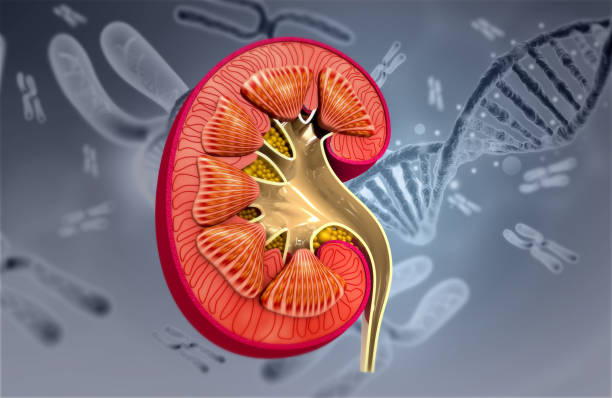Diagnosing and Treating Glomerular Disease
The first step in diagnosing the glomerular disease is a kidney biopsy. Signs of the disease include protein loss in the urine. If the protein loss is significant, the urine may also contain hyaline casts, which are proteins in the shape of the renal tubules. A urine culture test can rule out infection, and a urine protein-to-creatinine ratio can determine the precise amount of protein loss.
What causes glomerular disorders?
There are several different types of glomerular disorders, and the symptoms vary depending on the specific condition. Chronic glomerular disease, for example, may not be obvious until it progresses to the stage where patients need dialysis or other forms of kidney replacement. The signs and symptoms of the glomerular disease may be detected during routine tests, such as urine and skin tests. In rare cases, the glomerular disease may occur after a severe infection, such as strep throat or a skin infection. In this case, antibodies to bacteria can accumulate in the glomeruli, causing inflammation. The acute glomerular disease usually resolves on its own once the infection is treated.
When the glomerular disease progresses, protein and red blood cells can leak into the urine and interfere with the kidney’s ability to remove waste products. The loss of blood proteins, such as albumin, can also cause blood protein levels to drop. Albumin is a protein found in the blood that acts like a sponge, absorbing extra fluid. If the kidneys are unable to remove these waste products, they can accumulate in the body, causing swelling and other symptoms.
What are primary glomerular diseases?
Primary glomerular diseases affect the kidneys and can cause kidney failure. Some of these diseases are rare in older individuals and are difficult to detect without a kidney biopsy. MCD is the most common primary glomerular disease in children, but it can occur in older individuals. In younger children, treatment is usually empirical. A kidney biopsy is generally needed only in the event of unresponsiveness to treatment.
IgA nephropathy is a condition in which the immune system attacks the glomeruli, causing inflammation and deposits of immunoglobulin A. This type of disease was not recognized until the late 1960s when sophisticated biopsy techniques made it possible to identify IgA deposits in kidney tissue.
Is the glomerular disease common?
If you’ve been diagnosed with glomerular disease, you may be wondering, “What causes glomerular disease?” This condition results in the scarring of the glomeruli, which are microscopic filters in the kidneys. They determine which blood substances are allowed into the urine. While they can filter out smaller molecules, the glomerular disease can cause the glomeruli to become clogged with blood proteins.
Symptoms vary from person to person and can include several different complications. For example, if the glomerular disease is caused by an autoimmune condition, blood tests can show antibodies against body tissues. In addition, blood tests may show antibodies against the complement system, which helps the immune system fight infections. However, some types of glomerular disease can’t be detected with a urine test. Some people develop the glomerular disease after contracting a bacterial infection. This type of glomerular disease often occurs in children, and the majority of cases resolve completely without any treatment.
How is the glomerular disease treated?
Treatment for glomerular disease focuses on finding and preventing the underlying cause of the condition. It may involve using medication to control blood pressure and remove extra fluid. It may also involve the temporary use of a kidney-like artificial device. Ultimately, the goal of glomerular disease treatment is to slow the progression of the condition and restore the kidneys to full function.
Blood and urine tests may be used to diagnose glomerular disease. A urinalysis may reveal white blood cells and an elevated level of protein. Blood tests can also show elevated levels of creatinine and blood urea nitrogen, which indicate glomerular damage. Other diagnostic tests may include imaging tests or a kidney biopsy, which involves the removal of a small piece of kidney tissue.
How is the glomerular disease diagnosed?
A doctor can diagnose glomerular disease by looking at the level of protein in a patient’s urine. A blood test will also determine whether the kidneys are filtering waste products properly. Creatinine and blood urea nitrogen levels will also be checked. High levels of these waste products indicate that the kidneys are damaged.
Infections and other causes of kidney damage can also contribute to the development of glomerular disease. Infections can lead to the formation of kidney lesions and interfere with the kidney’s ability to clear waste products. Viral infections such as hepatitis B or C, or the human immunodeficiency virus (HIV) can also lead to glomerular disease. The disease may also be caused by diabetes.
Certain medications may also help treat the disease. Some doctors use drugs to suppress the immune system and reduce inflammation, including steroids. Other treatments may include cyclosporine and mitomycin-C. Plasmapheresis is another procedure used to remove substances that can cause inflammation.



